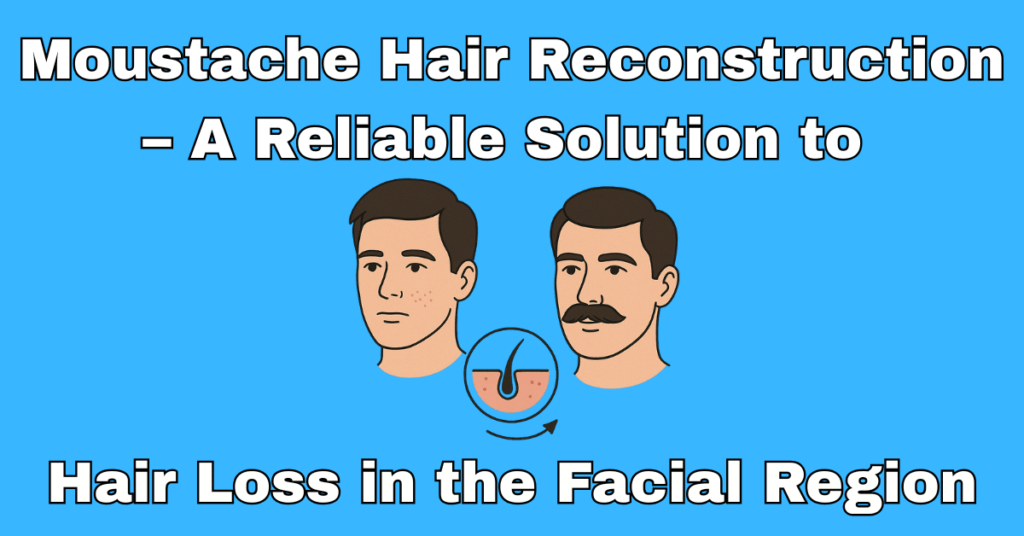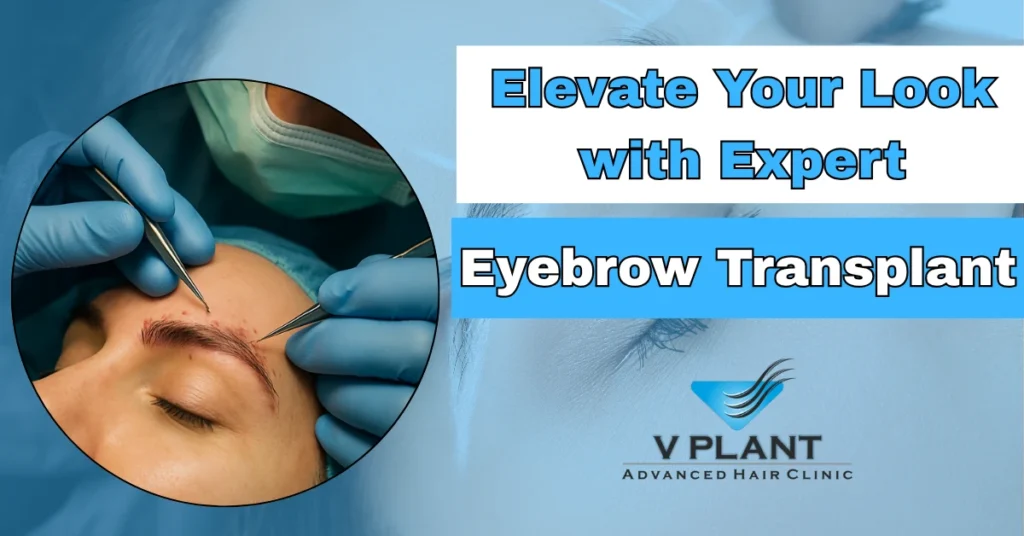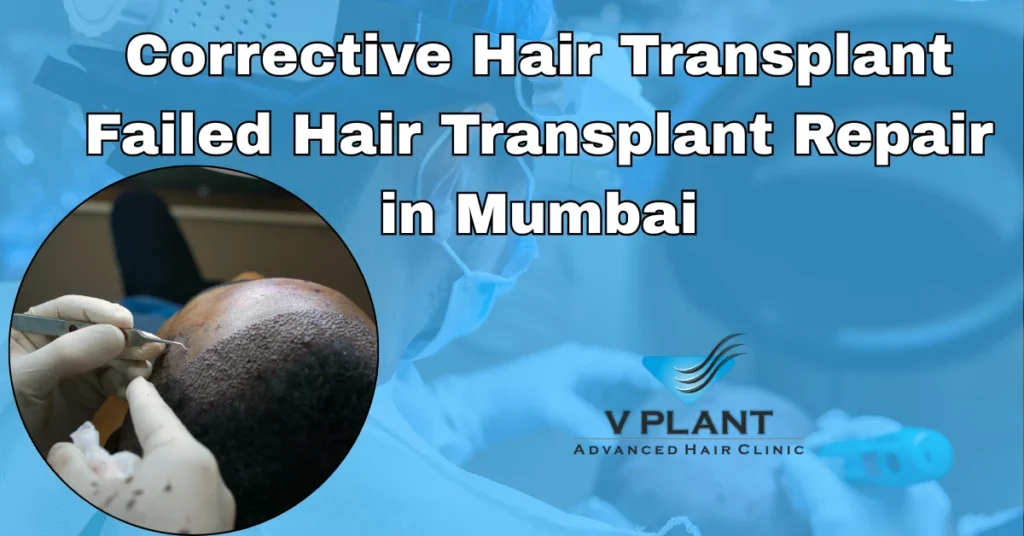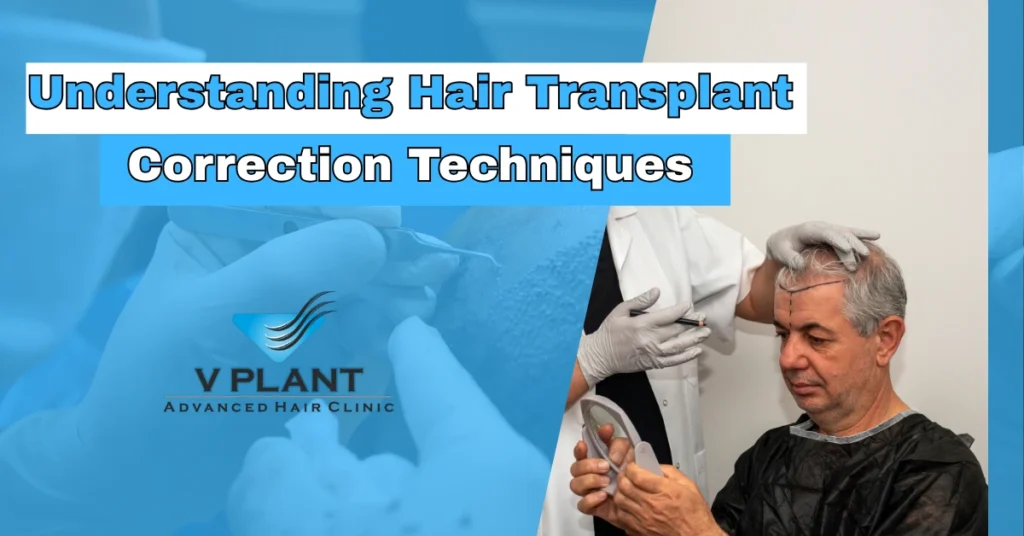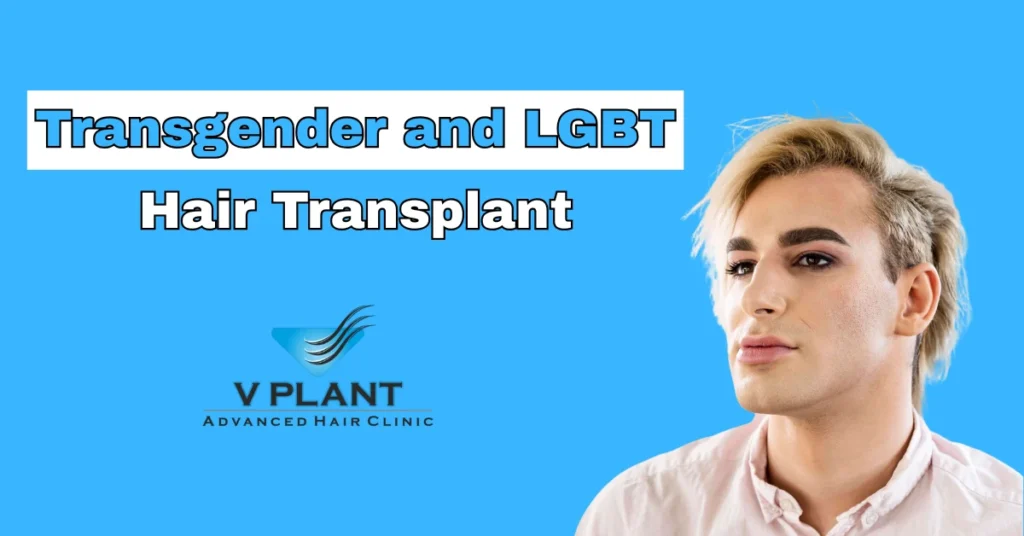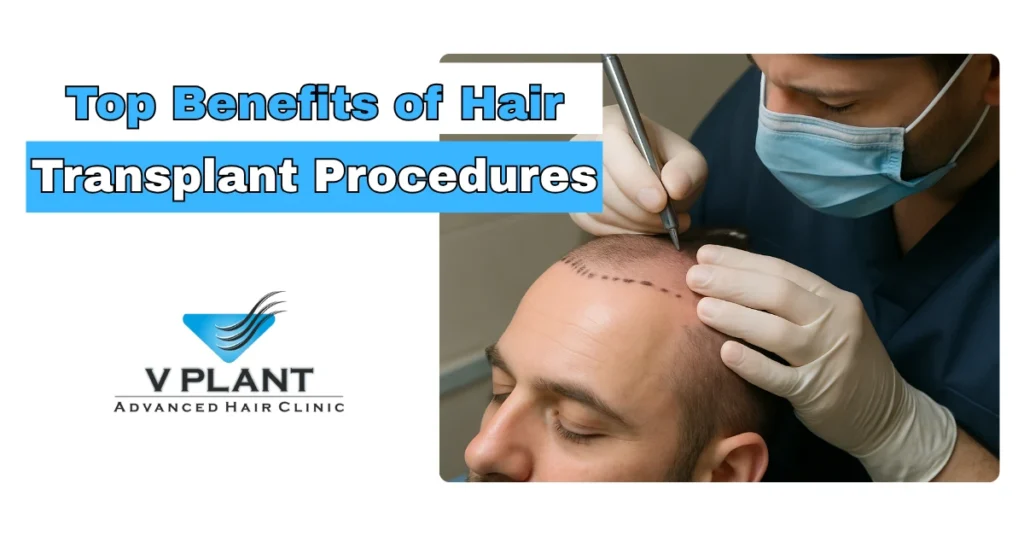Platelet-Rich Plasma Does PRP Really Work for Hair Growth
Platelet-Rich Plasma Does PRP Really Work for Hair Growth is a question many men and women ask when they notice thinning hair or the early signs of bald spots. PRP, or Platelet-Rich Plasma therapy, uses a small amount of your blood—concentrating the platelets rich in healing factors—and injects it into the scalp to stimulate new hair growth. It’s a non-surgical, natural hair restoration method that’s become increasingly popular among people searching for a safe, minimally invasive solution for hair loss. So, does it work? While individual results vary, many people—especially those with androgenetic alopecia or early-stage thinning—see noticeable improvements in hair thickness, strength, and overall density. Compared to store-bought treatments, PRP works deeper by activating weakened hair follicles, encouraging hair regrowth in a more targeted way. If you’ve been researching options like non-surgical hair restoration, or asking about a solution to hair loss, PRP is a science-based, safe treatment worth exploring—especially with a skilled hair transplant surgeon or specialist in treatment for hair loss. In recent years, Platelet-Rich Plasma (PRP) has gained attention as a promising solution to hair loss. From celebrities to everyday people, many have turned to this approach to regain their confidence and restore natural-looking hair. But does PRP really work for hair growth? Let’s break it down. What Is PRP and How Does It Work? When undergoing treatment, it’s important to understand that PRP is a concentration of platelets and growth factors extracted from your blood, designed to support tissue regeneration and stimulate hair growth naturally. These growth factors, like PDGF and TGF, play a big role in tissue repair and regeneration—including waking up dormant hair follicles. When injected into thinning areas, PRP boosts blood flow, stimulates new hair growth, and improves the strength of existing strands. This regenerative boost supports the recipient area, potentially reversing the miniaturization process that happens in conditions like androgenetic alopecia. The PRP Process: Step-by-Step Here’s what a typical PRP hair restoration session looks like: The procedure usually takes under an hour, and since it uses your own cells, the risk of side effects or allergic reactions is very low. Most people return to daily activities right after—making it a convenient option. PRP Benefits: What You Can Expect PRP treatments aim to: Although not everyone is an ideal candidate—particularly those with extensive hair loss—people in the early stages of thinning often find PRP useful when paired with other types of hair transplant techniques or maintenance therapies. What Does the Research Say? Studies back up the potential of PRP for hair restoration. For example, the Journal of Dermatology found significant hair regrowth in participants treated with PRP versus those who weren’t. The International Journal of Trichology reported improved hair follicle density in people with androgenetic alopecia after PRP sessions. Results aren’t instant and require consistency. Multiple sessions build on each other, and effects are often visible after 2–3 months. As with any treatment for hair loss, setting realistic hair transplant expectations is essential. PRP vs. Hair Transplant: Can They Work Together? While PRP can be effective on its own, it’s often used to complement types of hair transplant procedures like: FUE hair transplantations are often combined with PRP to support quicker healing and better hair regrowth. A good transplant surgeon might suggest PRP as part of your aftercare plan to strengthen the outcome of your hair transplant experience. Who Should Consider PRP? PRP therapy is best suited for people who: Those with scarring alopecia or certain medical conditions might need a different approach, so always consult with a certified specialist. Real People, Real Results Many individuals—men and women alike—report thicker hair, better coverage, and less shedding after just a few sessions. Testimonials often highlight minimal downtime and the natural feel of transplanted hair or regrown strands. When combined with healthy habits and follow-up care, PRP can offer a real boost in both appearance and self-esteem. Final Thoughts Platelet-Rich Plasma Does PRP Really Work for Hair Growth? For many, yes. It’s not a miracle overnight solution, but it’s a scientifically backed, natural option that helps restore confidence and improve hair health. Whether you’re exploring PRP therapy, types of hair transplant, or simply researching a better solution to hair loss, make sure to speak with a qualified hair transplant surgeon to find the best path forward.
Platelet-Rich Plasma Does PRP Really Work for Hair Growth Read More »


